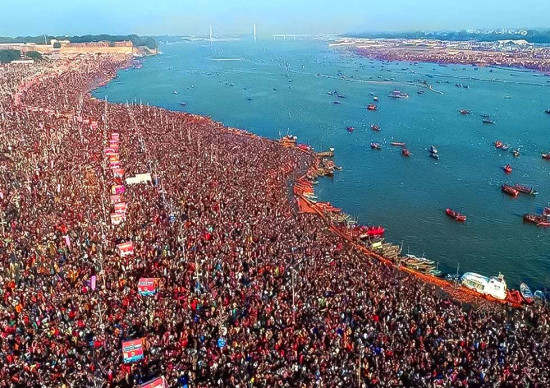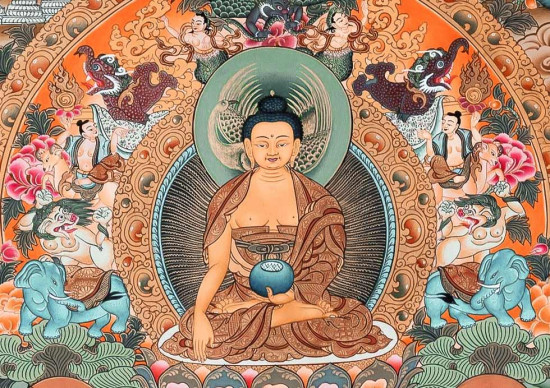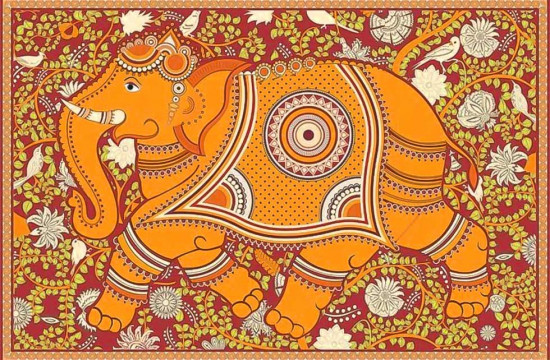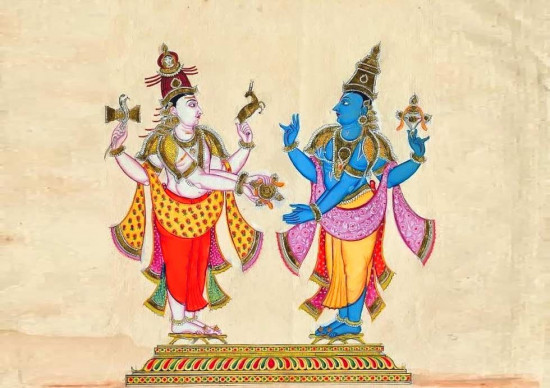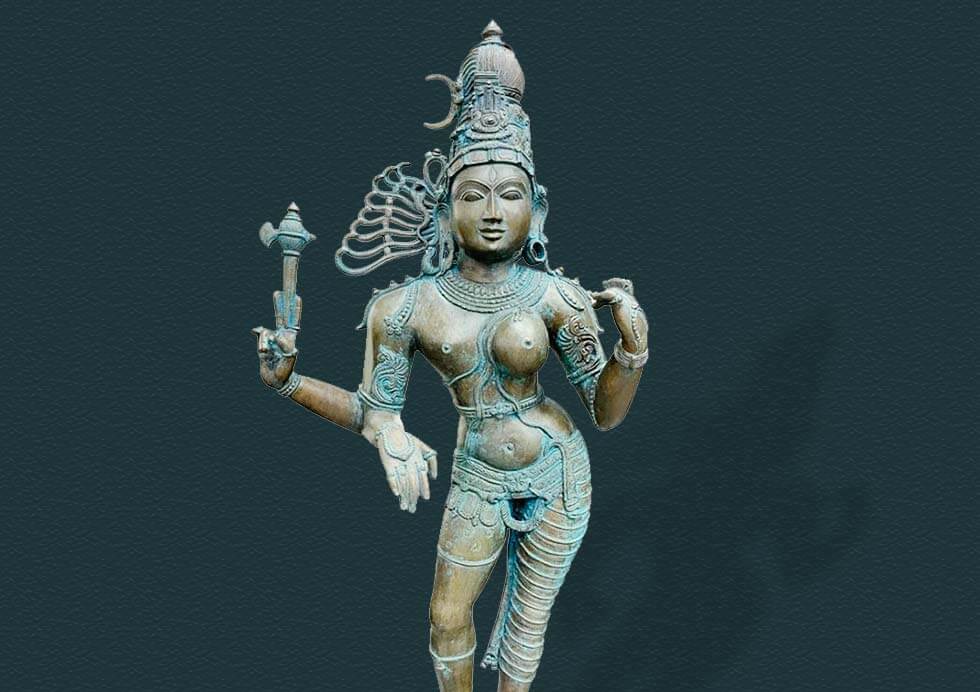
Historical and Cultural Contexts
Shivas' sculptures have evolved over several centuries revealing various styles from different regions across the Indian Subcontinent. The period between 7th to 13th century C.E witnessed an interesting development that took place on sculptures representing Siveness. Every period offers its own unique contribution to how lord shiva was represented be it ancient stone temple carvings at sites like elephanta or medieval bronze icons in south india or modern art paintings made using computer graphics. The early representations of Shiva in cave temples are typically shown in dynamic positions like Nataraja, the Lord of Dance, depicting cosmic energy and rhythm. Such sculptures also depict intricate details on Shiva persona such as matted hair, third eye and snakes around his neck which accentuates his divinity attributes and mythological significance.
During the medieval period, particularly under the Chola dynasty in South India, bronze casting reached its pinnacle, leading to the creation of exquisite Shiva icons. These icons were often cast using lost-wax technique to exhibit gracefulness in form, anatomical exactness and rich ornamentation. The Chola bronzes of Shiva; whether as Dakshinamurti bestowing knowledge or Ardhanarishvara signifying unity between male and female principles illustrate a profound spiritual and artistic apprehension.
South India to other regions including Rajasthan and Kashmir have developed their own distinctive designs for their idols made for Shiva. Statues of Shiva from Rajasthan are well known for their emphasis on muscularity and dynamism since Rajasthani people have been making stone sculptures from ages ago for temple architecture. But unlike that tradition of Rajasthan influenced by mountains around it due to Shaivite beliefs it produced calm non-active images of shiva.
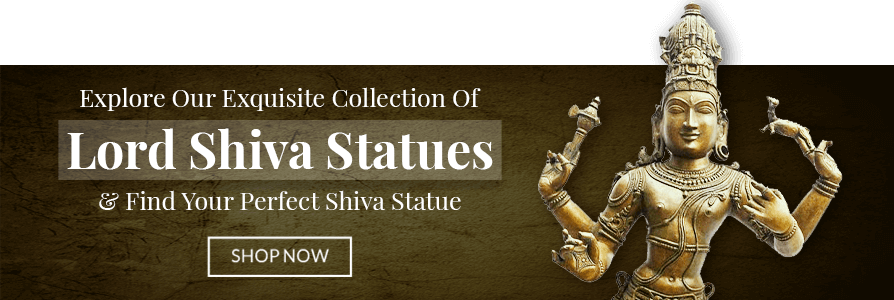
In current times, Shiva statues’ legacy moves with the times; combining conventional artisanship with modern interpretations. As they adapt to diverse cultures around the world, artisans and sculptors continue to be innovative while still valuing classical models. Shiva statues are exhibited in museums and art galleries throughout the globe highlighting their international audience appeal and cultural significance outstretching Indian national borders.
To sum up, particular synthesis between spirituality, mythology, and craft makes the artistry behind this statute iconic proof of Shiva artistry over time that has constituted spirituality, mythology and craftsmanship as its components. Artistic developments through centuries can be seen in these images which have been used as devotional aids for devout worshipers of Lord Siva in various regions worldwide. They remind us of divinity and aesthetics’ timelessness as supreme masterpieces that evoke respect from people who see them.
Understanding Shiva: The Deity and His Attributes
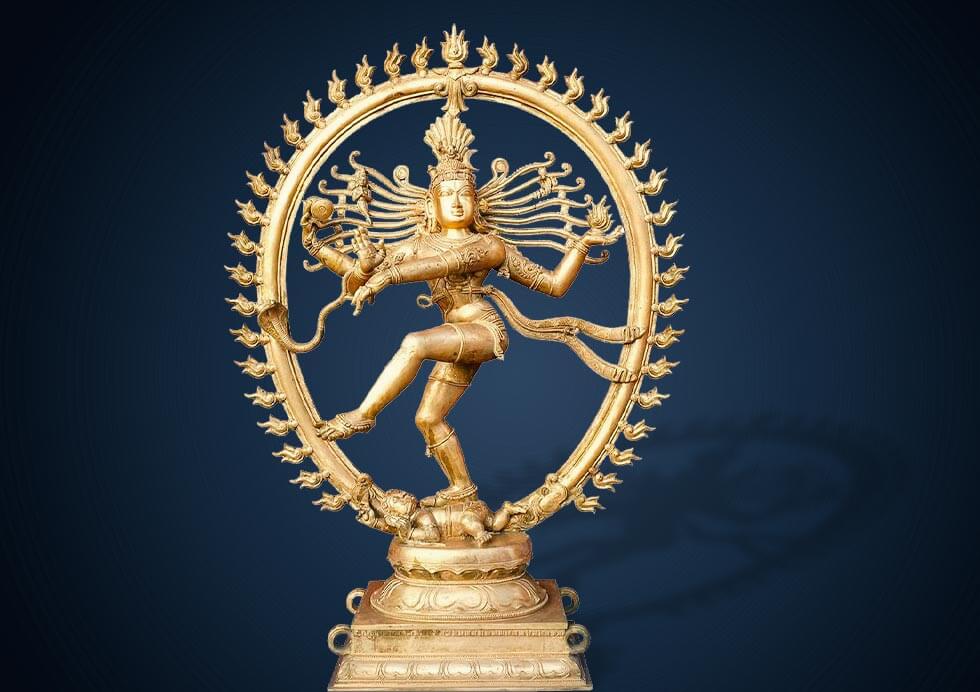
Shiva is typically depicted with distinct iconographic features:
- Third Eye: Symbolizing spiritual wisdom and knowledge.
- Trident (Trishula): Representing the three fundamental aspects of existence - creation, preservation, and destruction.
- Dreadlocks (Jata): Signifying his disregard for worldly appearance and his role as a Yogi.
- Crescent Moon: Worn on his matted hair, symbolizing the cyclical nature of time.
- Snake (Naga): Coiled around his neck, symbolizing his mastery over fear and ego.
- Blue Throat (Nilakantha): Resulting from drinking the poison churned from the ocean of milk, symbolizing his willingness to sacrifice for the greater good.
The Evolution of Shiva Statuary: From Ancient Roots to Modern Interpretations
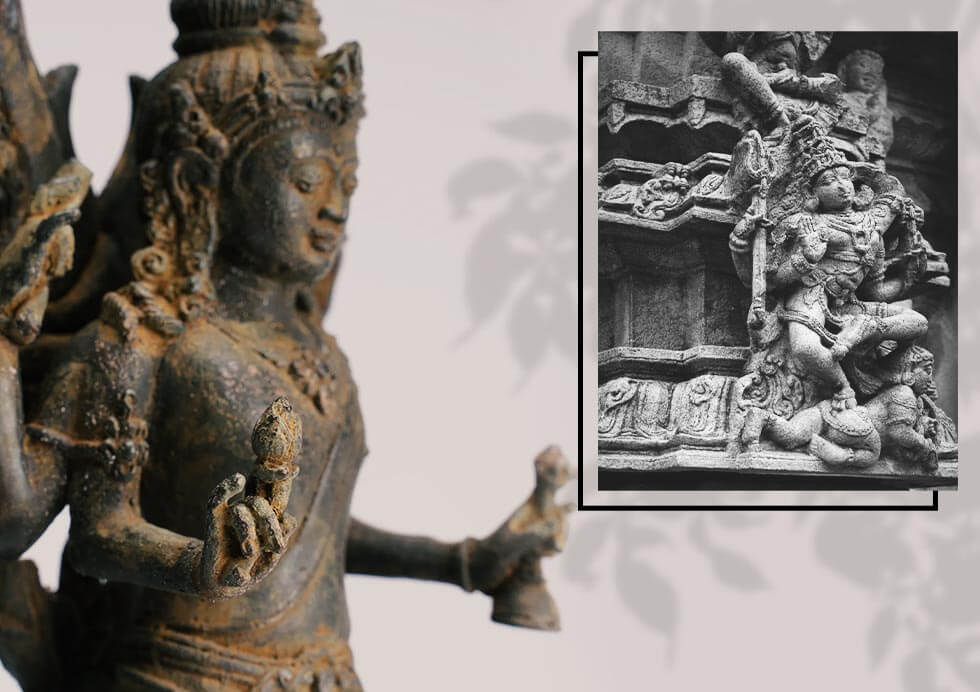
The history of Shiva statues dates back to ancient times, with early examples found in the ruins of the Indus Valley Civilization (circa 2500–1500 BCE). These artifacts, though sparse, depict a rudimentary form of Shiva, often referred to as Pashupati (lord of animals), showing him seated in a yogic posture surrounded by animals.
The subsequent development of Hindu temple architecture and sculpture during the Gupta period (4th to 6th centuries CE) marked a significant leap in the portrayal of deities like Shiva. Temples such as those at Elephanta and Ellora became showcases of intricate sculptures where Shiva was depicted in various forms such as Nataraja (the cosmic dancer), Ardhanarishvara (the androgynous form), and Dakshinamurti (the divine teacher).
Medieval Period: Regional Variations and Artistic Flourishing
During the medieval period, particularly under the patronage of various dynasties across India, regional styles and variations in Shiva iconography flourished. In South India, the Chola and Pallava dynasties produced remarkable bronzes of Shiva in various forms, characterized by their elegance and anatomical precision. The Chola bronze statues, in particular, are celebrated for their dynamic poses and exquisite detailing, portraying Shiva in his many manifestations.
In North India, the temples of Khajuraho and Bhubaneswar featured intricate carvings of Shiva alongside other deities, illustrating scenes from Hindu mythology and emphasizing the deity's role as both a cosmic force and a compassionate guardian.
Modern Era: Revival and Contemporary Interpretations
The tradition of crafting Lord Shiva statues continued into the modern era, albeit with adaptations influenced by changing artistic sensibilities and cultural contexts. The colonial period saw a decline in traditional patronage, but the 20th century witnessed a revival of interest in Hindu iconography, spurred by nationalist movements and cultural reawakening.
Today, contemporary artists and sculptors continue to reinterpret Shiva statues, blending traditional techniques with modern aesthetics. The resurgence of interest in yoga and meditation worldwide has also contributed to a renewed fascination with Shiva as the ultimate Yogi and ascetic.
Artistic Techniques and Symbolism in Shiva Statues
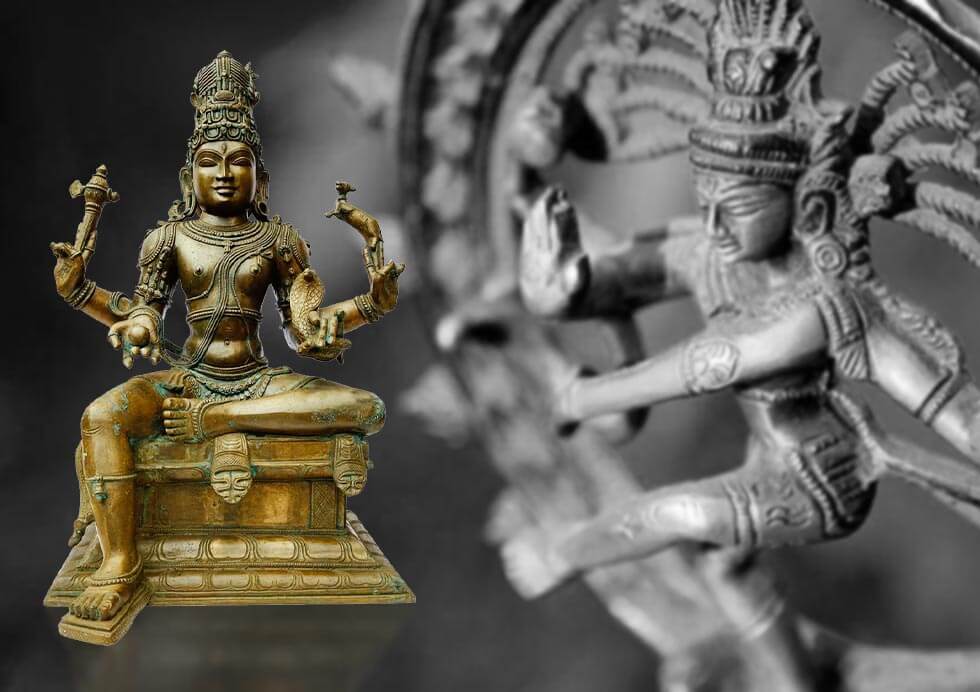
Materials and Craftsmanship
Lord Shiva statues in India are crafted from various materials, each imbuing the deity with distinct qualities:
- Bronze: Traditional material for South Indian bronzes, known for its durability and ability to capture intricate details.
- Stone: Used since ancient times, especially in temple architecture, where large stone sculptures of Shiva adorn temple facades.
- Wood: Offers a warmer aesthetic and is often used for smaller, intricately carved statues.
- Marble: Provides a pristine white surface that symbolizes purity and transcendence.
Symbolism and Iconography
Every aspect of a Shiva statue carries profound symbolic meaning:
- Hand Gestures (Mudras): Abhaya mudra (gesture of fearlessness) and dhyana mudra (gesture of meditation) are commonly seen, emphasizing Shiva's role as a protector and ascetic.
- Postures (Asanas): Shiva is often depicted in seated meditation (padmasana), standing (sthanaka), or dancing (nataraja), each posture conveying different aspects of his personality and cosmic role.
- Attributes: The trident, drum (damaru), and fire (agni) are among the many attributes that accompany Lord Shiva statues, symbolizing his cosmic powers and responsibilities.
Cultural Significance and Ritual Practices
Lord Shiva statues in India are central to Hindu worship practices, both in temples and household shrines. Devotees offer prayers, flowers, and sacred offerings (prasad) to these statues, believing that their presence invokes the deity's blessings and divine grace. Rituals such as Abhishekam (ritual bathing) and Aarti (ritualistic waving of lights) are performed to honor Shiva and express devotion.
Festivals and Celebrations|
Several festivals celebrate Shiva's glory and presence, including Maha Shivaratri, which marks the night of Shiva's cosmic dance and is observed with fasting, chanting of prayers, and night-long vigils. During festivals and auspicious occasions, Shiva statues are adorned with flowers, garlands, and vibrant fabrics, symbolizing reverence and devotion.
Influence Beyond Religion: Shiva in Art, Literature, and Popular Culture
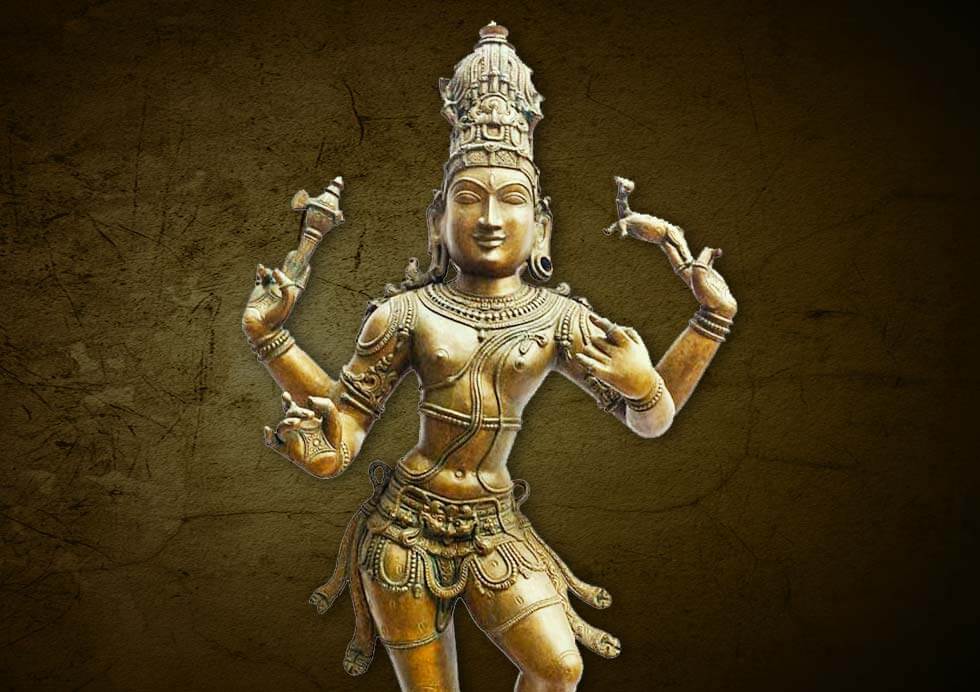
Shiva's imagery has transcended religious boundaries to inspire artists, poets, and writers worldwide. From the poetry of Rabindranath Tagore to the paintings of Raja Ravi Varma, Shiva's iconography has been celebrated for its spiritual depth and aesthetic allure. Contemporary artists continue to explore Shiva's symbolism in diverse mediums, reflecting on themes of spirituality, existentialism, and human consciousness.
Cultural Legacy
Shiva's cultural legacy extends beyond religious contexts, influencing dance forms such as Bharatanatyam and Kathak, where dancers emulate Shiva's divine grace and cosmic energy through intricate movements and expressions. His symbolism also permeates literature, where authors draw parallels between Shiva's journey and the human quest for meaning and enlightenment.
Popular Culture
In popular culture, Shiva's imagery appears in films, music, and fashion, where his iconography is often adapted to convey themes of rebellion, transcendence, and inner strength. This widespread appeal underscores Shiva's enduring relevance as a symbol of spiritual fortitude and philosophical inquiry.
Conclusion: Shiva Statues as Testaments to Artistic Excellence and Spiritual Insight
As the world continues to evolve, the artistry behind Shiva statues remains a timeless reminder of humanity's enduring fascination with divine mysteries and the expressive power of visual culture. Whether cast in bronze, carved in stone, or molded in clay, these masterpieces of devotion continue to inspire awe and reverence, inviting devotees and admirers alike to contemplate the infinite depths of Shiva's divine presence.
In essence, the artistry behind Shiva statues transcends mere craftsmanship; it embodies the essence of devotion, creativity, and the eternal quest for spiritual enlightenment.

